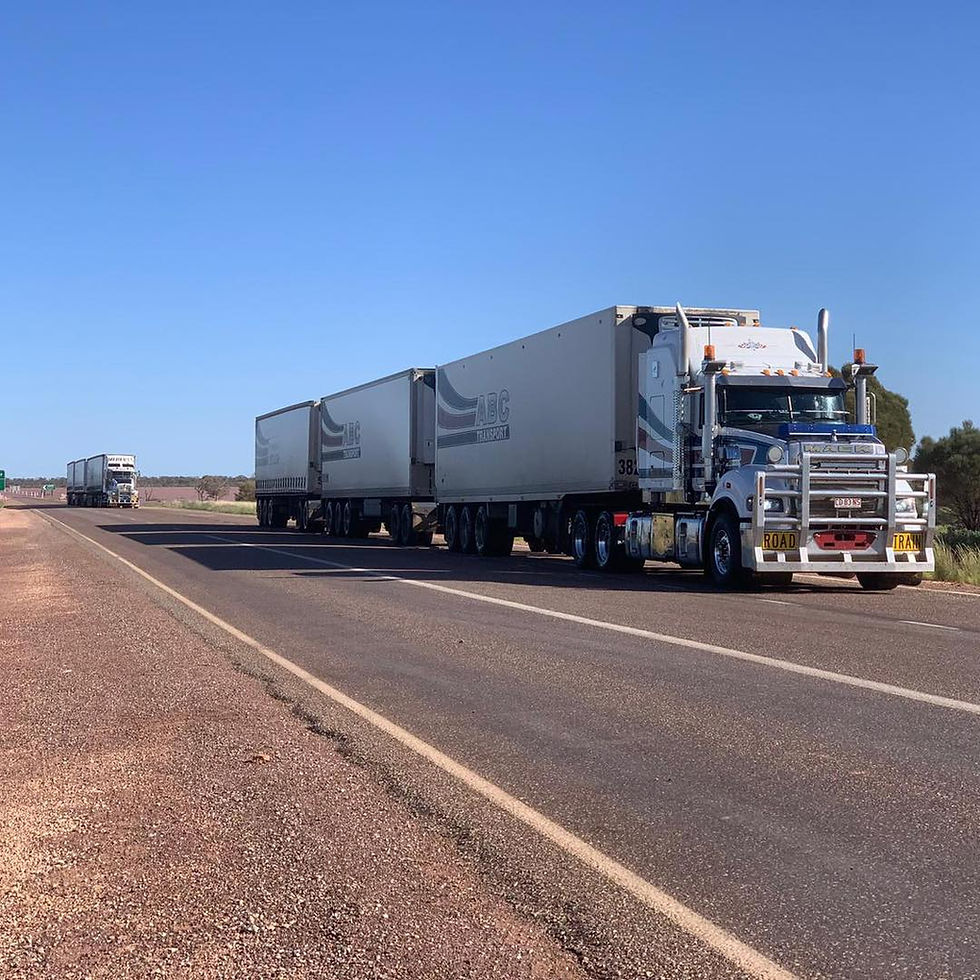No magic number for normal but Labor thinks they can buy it
- John McDonnell
- Aug 3, 2021
- 2 min read

The Doherty Institute modelling underpinning the national cabinet's plan for easing of restrictions and ending of lockdowns, was released by the government on Tuesday.
The significant thing about the modelling is that the Institute refused to provide a magic number of vaccinations where life would get back to normal.
Professor Jodie McVernon from the Doherty Institute explained the data but dismissed the notion of a 'magic number' of vaccinations that will leave Australia protected against COVID-19, saying:
"I think the first thing to make very clear is we've had a lot of discussion of herd immunity thresholds and some magic number where there's a binary cut off and above that life is life as normal and below that we haven't achieved our goal.
"Vaccination coverage is a continuum.
"Every Australian who is immunised helps to protect themselves families and community and that will help reduce transmission."
Professor McVernon said the Institute had examined a number of potential outbreak scenarios in communities with different vaccination levels:
"At 50 and 60 per cent we anticipate rapidly growing outbreaks that would be difficult to control, and would require stringent social measures.
"As we reach 70 and 80 per cent, the need for long, stringent measures across whole states, or across extended areas, we believe, will be substantively reduced."
Professor McVernon said the modelling also showed a steep decrease in people developing serious symptoms or dying from COVID-19 in communities with higher immunisation rates.
"They're decreased across the board.
"This is an artificial scenario we modelled. We're assuming some models are wrong or some are useful.
"But we are making a strategic case here by looking at the whole population and saying if we can achieve this coverage evenly, this is what we can do.
"Obviously in implementation it will be very important to ensure that jurisdictions, small areas, key sub-populations achieve these high coverage thresholds because while unvaccinated groups remain there is still potential for transmission and outbreaks and severe disease outcomes in groups who are not reached by immunisation."
On Tuesday, the Labor opposition expressed concern over whether the goal of 80 per cent vaccine coverage was achievable. They have proposed a payment of $300 to anyone who is fully vaccinated as an incentive.
Whether the public will be convinced to have an injection by a proposal for the government to give them back $300 they paid in the first place, is anybody’s guess.






Comments